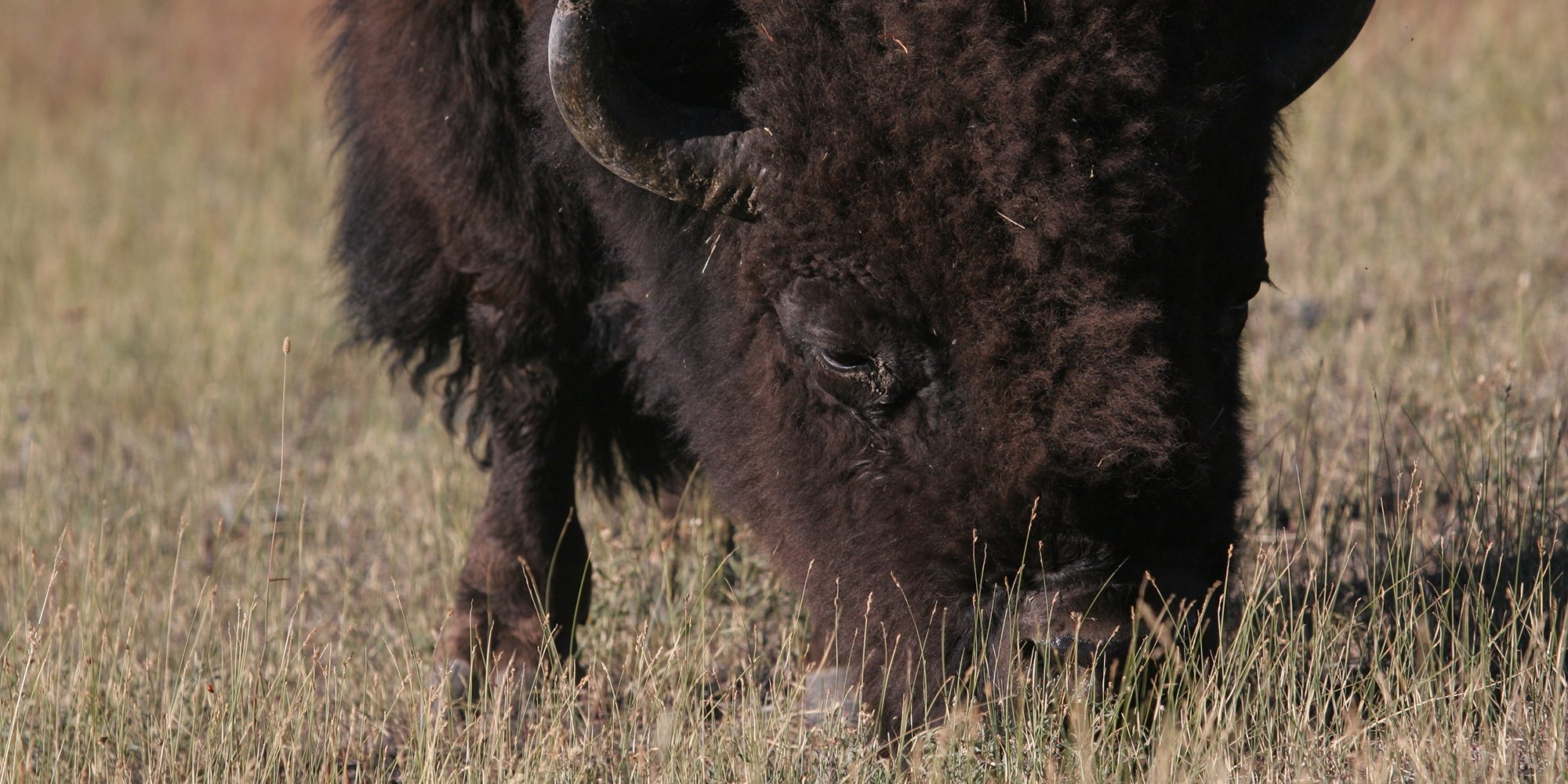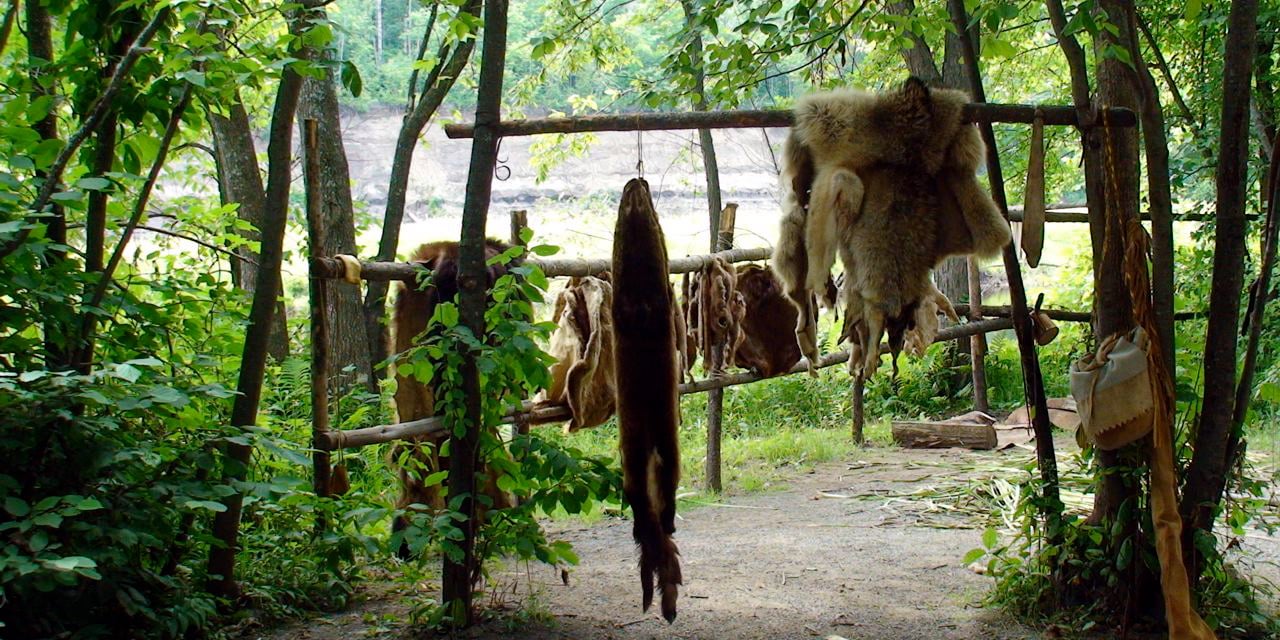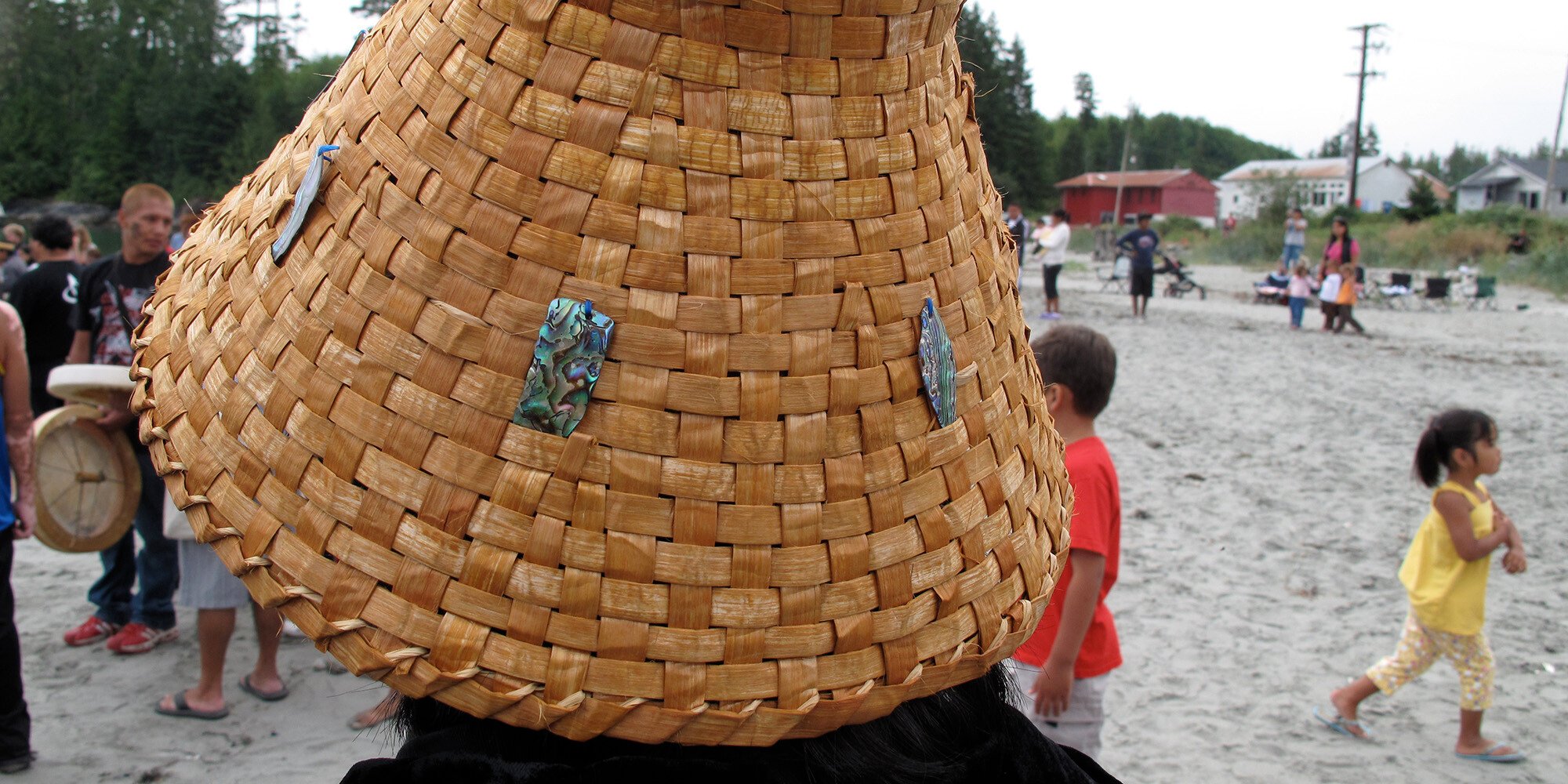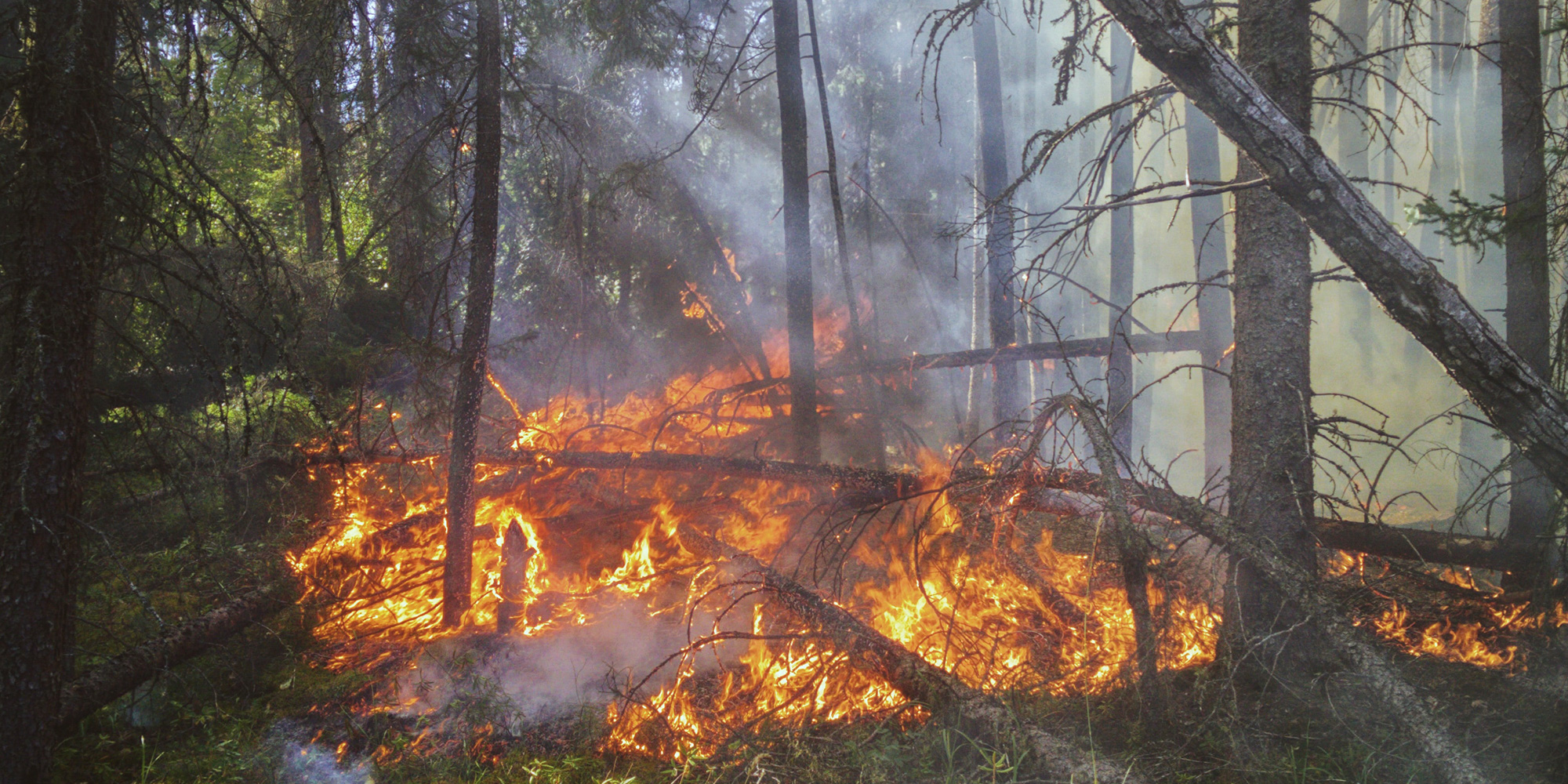6 Guidelines for Projects Involving Traditional Indigenous Knowledge
Traditional Indigenous knowledge (TK) and traditional resources have been managed by Indigenous communities since time immemorial. The arrival of...

For the last few summers news reports were dominated by coverage of raging, massive, out-of-control wildfires. The fires devastated some communities, forced others to evacuate, destroyed vast tracts of forest, fields, and fauna, and disrupted livelihoods. These massive forest fires consumed phenomenal capital to fight, flee and rebuild in the aftermath.
All signs seem to point to an increase in the severity and frequency of wildfires. They are expected to start earlier in the year, burn hotter and longer.
The projected increase in spring and fall temperatures will have a strong influence on fire season start date, end date and length, particularly in areas subject to reductions in winter precipitation and earlier snowmelt.
Mainly as a result of projected earlier start dates, the length of the fire season is expected to increase in almost all areas, by 2100 becoming longer by more than a month in certain regions (e.g., central and eastern Quebec, and northern British Columbia). Even areas that showed a recent shortening of the fire season length, such as southern coastal British Columbia, are projected to have a longer fire season.
Fire Weather, Natural Resources Canada
Prior to being removed from their traditional lands to reserves in the late 1800s Indigenous Peoples used controlled burns to manage the forests and rangeland. The timing and location of the fires were based on the traditional knowledge about their territories accumulated over millennia. These managed fires were an important component of their stewardship of the land.
The cultures that used controlled burns did so for a variety of objectives.
Fire was used to:
One example of the effective use of fire to create grazing for prey species is the preparation for buffalo jumps. Head-Smashed-In, a UNESCO site in Alberta, is a prime example. Buffalo jumps were timed for the late summer/early fall. Several months in advance of the jump the grass in a huge depression called a gathering basin, would be burned to produce fresh, lush grass to attract the grazing herds. From there, the animals would be driven or lured into drive lanes that led to the cliffs.
European settlers brought with them their traditional approach to fire to clear vast tracts of forest land for agricultural use, to remove overburden to expose rocks for geological surveys, and to maintain clearance along railway tracks, frequently with little regard for the prevailing weather. Some of Canada’s most devastating fires were inadvertently lit by settlers. In July 1916, the Matheson Lake Fire considered Canada’s most devastating fire, was ignited by settlers engaged in slash and burn. The fire killed more than 220 people and destroyed 200,000 hectares. This, and other massive fires in the late 1800s and early 1900s changed attitudes about fire. Governmental policies on forest management became all about fire suppression and did not incorporate Indigenous traditional knowledge of how to manage forests.
The new reality of the magnitude and projected frequency of fires is seeing the pendulum swing away from complete fire suppression towards forest management strategies that include tolerance for fire as a tool. And that new reality includes increased respect for Indigenous traditional knowledge about fire.
Here’s an interesting case study from the Canadian Journal of Forest Research about how the elders of Pikangikum First Nation in northwestern Ontario have drawn upon their knowledge and values associated with fire to engage in fire management planning for 1.3 million hectares of their traditional boreal forest territory.
The increasing interest in learning about Indigenous traditional knowledge in relation to combatting wildfires is global:
There is a growing recognition across the world that current approaches to combatting landscape fires is ecologically, socially and economically unviable. Traditional Indigenous fire management could be a useful lens through which to find both practical fire management solutions, and also lessons on how environmental governance could be structured and implemented more widely. [1]
If Indigenous traditional knowledge is going to be effectively incorporated into forest management practices, there is a certain urgency as the Indigenous knowledge holders are ageing and their languages are disappearing.
[1] University of Royal Holloway London. "Indigenous knowledge could hold key to management of wildfire risk." ScienceDaily. ScienceDaily, 23 May 2016.

Traditional Indigenous knowledge (TK) and traditional resources have been managed by Indigenous communities since time immemorial. The arrival of...

1 min read
Any individual within a culture is going to have his or her own personal interpretation of the collective cultural code; however, the individual's...

The severity and impact of forest fires dominate the headlines every summer. In 2016, the Fort McMurray, Alberta, wildfire invoked the largest mass...